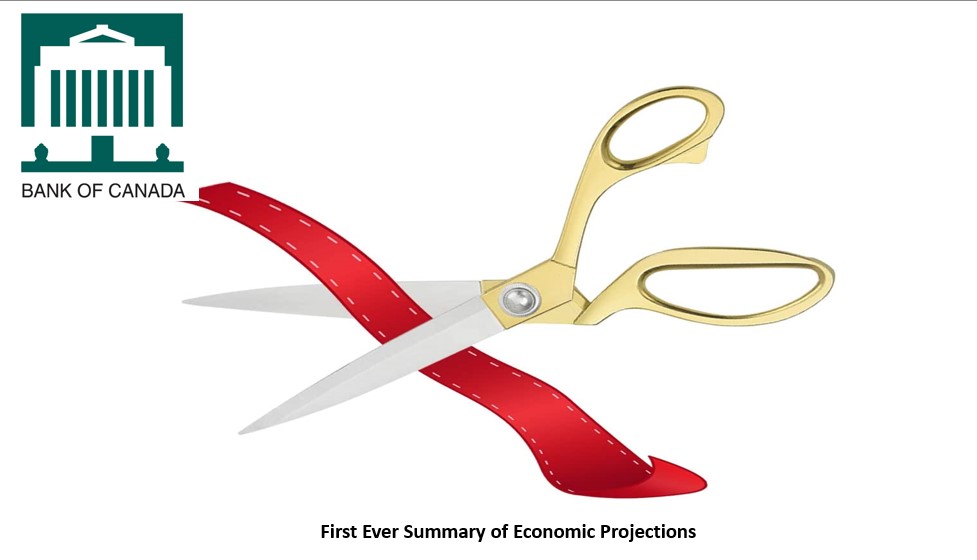
Photo: Wikimedia commons
By Michael O’Neill
Cupid unleashed a quiver full of arrows at the world’s central bankers. He missed, and now traders and Central Bankers are not seeing the love.
Global markets and monetary policy officials are at odds and have been since the US December inflation numbers were released on January 12. It is shaping up to be a lonely Valentine’s Day for the likes of Fed Chair Jerome Powell and Bank of Canada Governor Tiff Macklem.
Fed officials have been attempting to woo traders to their view by focusing on the upside risks to inflation forecasts while warning that not only are rates going to move higher, but they will also rise higher and remain elevated far longer than the market expects.
Many private sector economists, analysts, and traders disagree. They point to the December inflation report that was released on January 12. The whiz-bangs at the Brookings Institute pointed out that Core inflation rose 0.3% m/m, which correlates to a 3.6% y/y rate, a level only modestly above the Fed’s target. They pointed out that prices fell for the third month in a row, which the author claimed, “officially makes a trend.” They downplayed concerns about “services inflation,” noting the levels had also declined over the past three months.
US inflation began rising in March 2021 and continued the trend until peaking in June 2022. Mr Powell believed the increases to be “transitory” until scrapping the term in November 2021. He was mocked for dismissing inflation increases as transitory, but he should not have been.
The only thing he got wrong was the definition of the term. The Cambridge and Merriam Webster dictionaries define transitory as meaning “lasting or staying only a short time. “So yes, low inflation was transitory and obviously high inflation is transitory as well.
The problem is that Powell and his colleagues know they were far too slow on the uptick and are loathe to be too quick on the downstroke.
Bank of Canada Governor Tiff Macklem finds himself with a different dilemma. He was quick to hike rates and just as quick to apply the brakes.
The BoC released its inaugural Summary of Deliberations on February 8, joining the club of central banks worldwide that release the minutes of monetary policy meetings.

Source: IFXA Ltd
The minutes said that “All Governing Council members acknowledged that “the Bank’s monetary policy to date had been forceful and that the full impact would be felt in quarters to come. That’s why they decided to leave the policy rate unchanged at 4.25%.
They justified the decision by noting that “developments with respect to both the economy and inflation were beginning to move in the right direction and that policy had been forceful and just needed more time to do its work.”
However, their arguments for raising rates were compelling as well. They pointed to labour market tightness, stronger than expected Q3 GDP growth, and expectations for a strong Q4 GDP result as reasons to support increasing rates.
It is fitting that as Valentine’s Day nears, traders have taken to heart a quote by the late legendary stock trader, Jessie Livermore (1877–1940). He said, “Markets are never wrong, only opinions are.”
Those opinions have led to the S&P 500 index climbing 6.9%, the Canadian dollar gaining 1.34%. and the US dollar index falling 1.60%, year to date.
That suggests either the Fed’s or the markets’ opinion is wrong.
Bet on the Fed. An old trading adage is “How deep are your pockets?” which simply means: how much can you afford to lose before you need to take remedial action?
The Fed has the deepest pockets bar none. There is no debate.
If the Fed’s view prevails and interest rates rise above market expectations, the year-to-date gains in equities and the Canadian dollar will disappear.
If the Bank of Canada stays the course and leaves rates unchanged, the Canadian dollar will suffer due to widening CADUS interest rate differentials.
USDCAD embarked on an uptrend in June 2021 after the Fed surprised markets and turned hawkish and the uptrend has survived a number of tests. That long-term uptrend is intact while trading above 1.2850. Furthermore, USDCAD has not been below 1.3220 which is also where the 200-day moving average is located, since September 16, 2022.
USDCAD gains have been capped in the 1.3700 area since early in October 2021 with the prospect of higher oil prices due to Russian sanctions and renewed Chinese demand helping to limit gains.
The USDCAD range of 1.3220-1.3700 is likely to contain prices for the next few months.
Cupid’s arrows are in the air but if the Fed’s inflation view prevails, it will be equity bulls getting the shaft.





